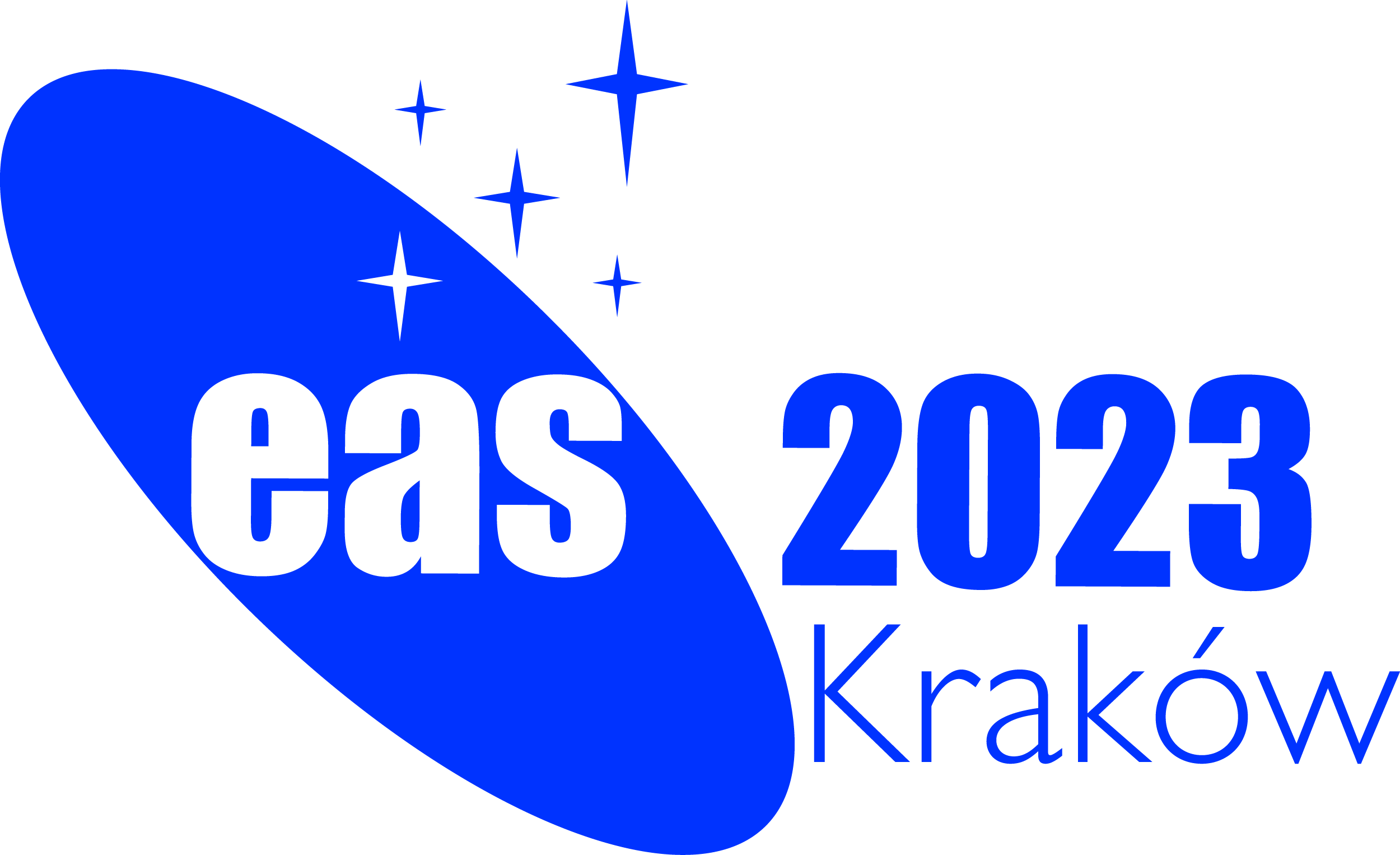
|
Symposium S1
10-11 July 2023
Multiwavelength Polarization: from Radio to Gamma-Rays
Polarimetry is a quickly growing field within astrophysics. Great progress is being made in theoretical modelling of a large variety of sources using polarization data. This progress is complemented by an increasing number of measurements in different wavelength ranges. Optical and radio polarimetry has long been used to probe the physical properties of a range of sources while developments in instrumentation have recently allowed a range of measurements in X-rays. Furthermore, gamma-ray measurements are soon expected to become available as well, which can provide both new insights by being compared to theoretical models and complement the existing data. The launch of IXPE in 2021 has resulted in measurements of a range of objects allowing to complement existing and future optical and radio polarization data. The first detailed measurements of gamma-ray polarization data from Gamma-Ray Bursts, by instruments like POLAR and AstroSAT CZTI, are available while more precise measurements are expected to come up in the coming decade thanks to POLAR-2, COSI, LEAP and Daksha. The field of gamma-ray polarimetry can furthermore be foreseen to extend to other sources such as blazars thanks to future instruments like AMEGO and ASTROGAM, while also in the field of X-ray polarimetry the next generation of detectors are being developed in the form of eXTP. At radio wavelengths, increased polarimetric calibration fidelity allows reliable polarimetry at a larger wavelength range with increased sensitivity. Finally, optical developments are ongoing with instruments such as PASIPHAE and WALOP regarding interstellar matter and VSTPOL for large scale surveys. Additionally, automization of instruments such as Robopol and MOPTOP, have allowed for more detailed measurements of transient sources in the optical, while highly detailed phase resolved optical polarimetry of the Crab is foreseen to come from instruments such as GASP, Polish2 and its successor PHALANX.
Programme
Invited speakers
Scientific organisers
Contact merlin.kole @ unige.ch, immacolata.donnarumma @ asi.it Updated on Tue Apr 18 18:17:38 CEST 2023
|
||||||||||||
|
European Astronomical Society |
|||||||||||||
 A power cut will shut down all EAS services on Tuesday, 10 January 2017 starting at 7:30 CET.
A power cut will shut down all EAS services on Tuesday, 10 January 2017 starting at 7:30 CET.


